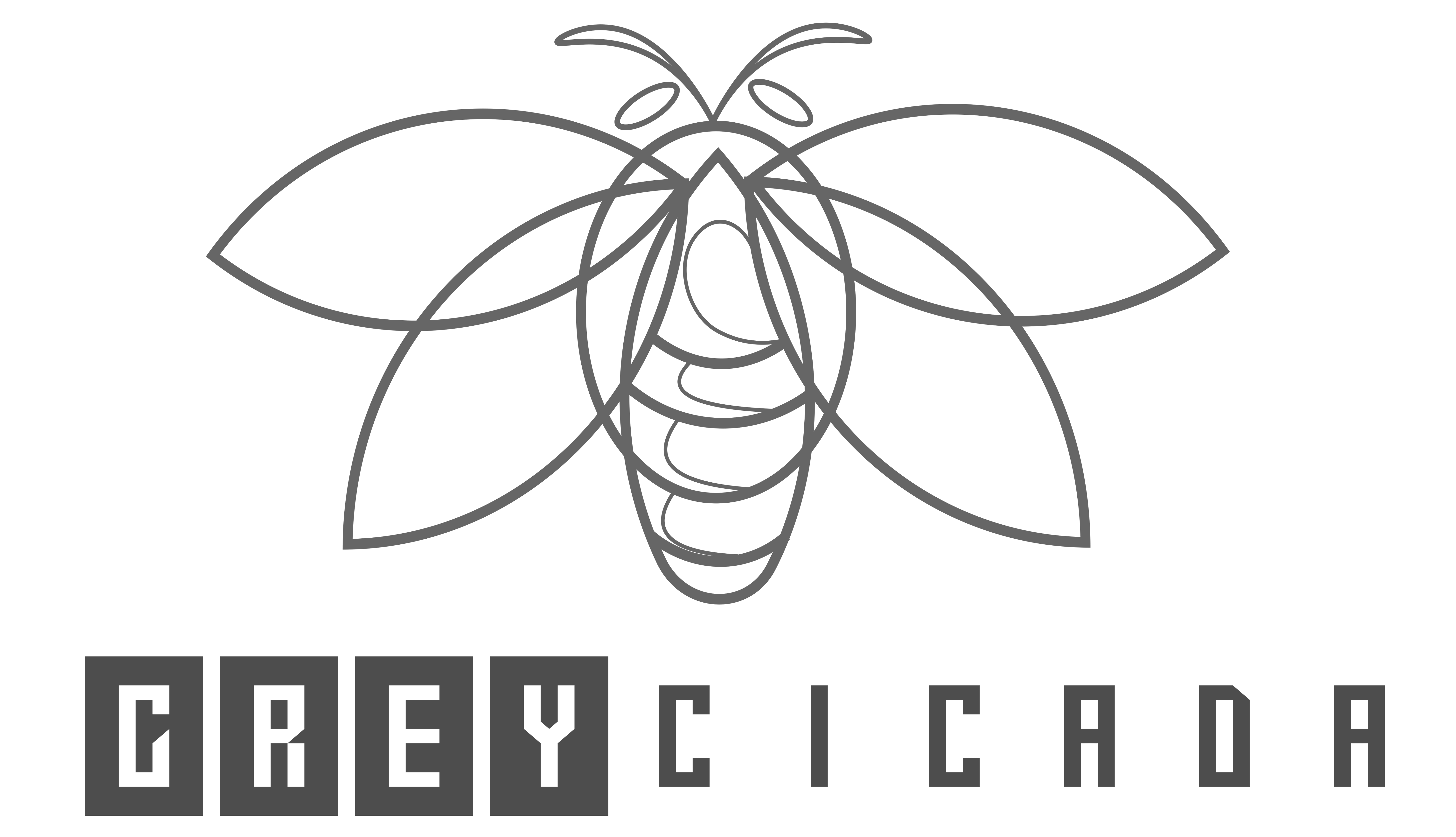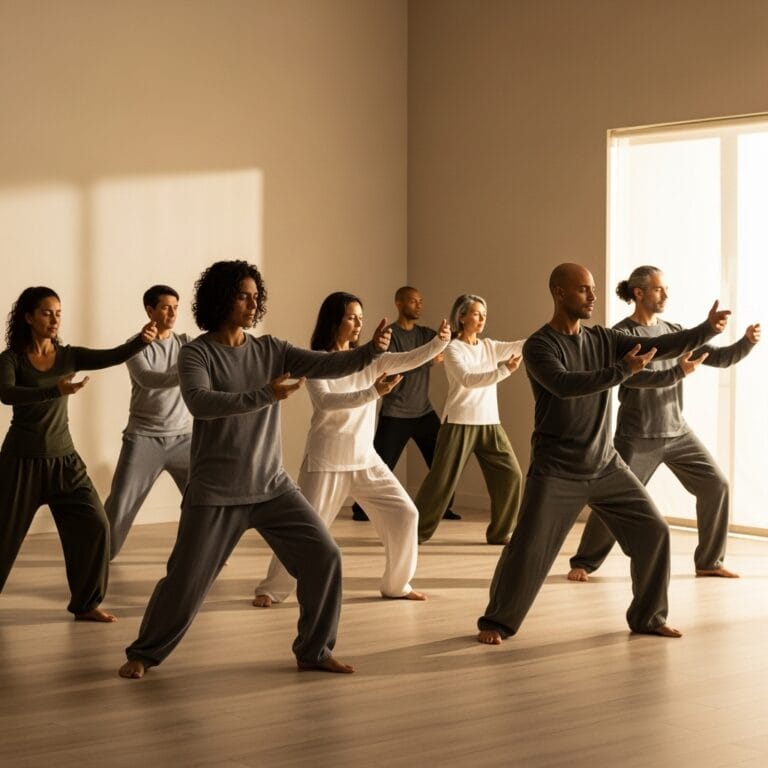FREE SHIPPING OVER $50
Men Over 40: Fix Your Neck & Upper Back Pain with These 5 Uncommon Moves (From a Spine Surgeon!)

If you’re a man over 40, chances are you’ve experienced it: that nagging neck pain, that persistent ache in your upper back, or that stiff feeling in your shoulders that just won’t quit. Maybe it’s from years spent hunched over a computer, too many hours on the road, or perhaps just the inevitable march of time catching up with your posture. Whatever the cause, this kind of discomfort can seriously cramp your style, making everything from daily tasks to your favorite hobbies feel like a chore.
You’ve probably tried stretching, maybe some heat packs, or even a massage. But for many, the pain persists, leaving you wondering if it’s just a part of getting older. Here’s the good news: it doesn’t have to be. I recently had the opportunity to speak with a leading spine surgeon who specializes in spinal health and recovery, and they shared a powerful insight: a lot of neck and upper back pain stems from weaknesses and imbalances that can be directly addressed with specific, often uncommon exercises.
Why Neck & Upper Back Pain Hits Men Over 40 So Hard
It’s not just bad luck. Several factors conspire to make neck and upper back pain a common complaint for men over 40:
- The “Desk Job” Effect: Many men in this age group spend significant hours in sedentary jobs, often hunched over computers. This posture can lead to a forward head posture, rounded shoulders, and a stiff upper back (thoracic spine).
- Muscle Imbalances: Over time, common activities often strengthen muscles on the front of the body (like chest muscles) while neglecting the opposing muscles in the upper back and shoulders. This imbalance pulls the body out of alignment, straining the neck and back.
- Age-Related Changes: As we age, intervertebral discs can lose some of their hydration, and muscles can lose mass and elasticity if not actively maintained.
- Reduced Activity Levels: Sometimes, physical activity declines, leading to weaker core muscles and less overall movement in the spine, which contributes to stiffness and pain.
- Previous Injuries or Wear and Tear: Old sports injuries or years of heavy lifting can catch up, causing chronic pain in areas of previous trauma.
The Surgeon’s Insight: Beyond the Obvious Exercises
When you think about back pain exercises, common ones like crunches or general stretching might come to mind. However, the spine surgeon I spoke with highlighted that to truly fix the problem, we often need to go beyond the obvious. They stressed the importance of activating and strengthening muscles that are frequently overlooked but are critical for spinal stability, posture, and ultimately, pain relief.
These aren’t extreme or complicated routines. Instead, they are precise moves that build foundational strength and mobility where it matters most for your neck and upper back. By consistently performing these uncommon exercises, you can help correct muscle imbalances, improve your posture, and create a stronger, more resilient spine.
The 5 Uncommon Moves to Fix Your Neck & Upper Back Pain
For each of these exercises, aim for 2-3 sets of 10-15 repetitions. Focus on slow, controlled movements and really feeling the muscles work. You don’t need heavy weights for these; consistency and proper form are key.
1. Wall Angels (Thoracic Mobility & Posture Correction)
Why it’s uncommon: Many people try to stretch their chest but neglect to actively strengthen the muscles that pull their shoulder blades back, or they lack the thoracic spine mobility for proper posture. Wall Angels force this corrective movement.
How to do it:
- Stand with your back flat against a wall, making sure your head, shoulders, and glutes touch the wall. If your head doesn’t comfortably touch, bring your feet slightly away from the wall.
- Bring your arms up into a “goalpost” position, with your elbows bent at 90 degrees and the backs of your hands and forearms pressed against the wall.
- Slowly slide your arms up the wall, trying to keep your hands, wrists, and elbows in contact with the wall as much as possible. It’s okay if they lift slightly, especially at first.
- As you slide up, focus on squeezing your shoulder blades together and keeping your core engaged to prevent your lower back from arching away from the wall.
- Slowly slide your arms back down to the starting “goalpost” position, maintaining contact with the wall.
Trainer’s Tip: Breathe deeply throughout the movement. Focus on opening up your chest and upper back. This move can feel challenging initially, especially if you have very stiff shoulders or a rounded upper back. Don’t force it, aim for smooth motion.
2. Chin Tucks (Deep Neck Flexor Strengthening)
Why it’s uncommon: This seemingly small move targets the deep neck flexor muscles at the front of your neck, which are often weak and contribute to forward head posture and chronic neck pain. Most people stretch their neck but don’t strengthen these vital stabilizing muscles.
How to do it:
- Lie on your back with your knees bent and feet flat on the floor, or sit upright in a chair with good posture.
- Gently nod your head as if you are trying to make a double chin. Imagine pushing the back of your head straight up towards the ceiling if lying down, or straight back if sitting, without lifting your head. Your chin should tuck towards your throat.
- You should feel a gentle stretch at the back of your neck and activation in the front.
- Hold the position for 5-10 seconds.
- Slowly release to the starting position.
Trainer’s Tip: This is a subtle movement. Don’t overdo it or strain. The goal is precise activation of deep neck muscles, not a forceful crunch.
3. Resistance Band Pull-Aparts (Rhomboids & Rear Deltoids)
Why it’s uncommon: While rows are popular, resistance band pull-aparts specifically isolate the muscles responsible for retracting (pulling back) your shoulder blades and opening up your chest, directly counteracting the rounded shoulders from desk work.
How to do it:
- Stand tall with your feet shoulder-width apart, holding a light-to-medium resistance band with both hands, palms facing down. Your hands should be shoulder-width apart, with your arms extended straight out in front of you at chest height.
- Keeping your arms straight (a slight bend in the elbows is okay), slowly pull the band apart, squeezing your shoulder blades together. Imagine trying to touch your shoulder blades in the middle of your back.
- Control the movement as you slowly bring your hands back together to the starting position, resisting the band’s pull.
Trainer’s Tip: Avoid shrugging your shoulders up towards your ears. Focus solely on the movement of your shoulder blades. You should feel this in your upper back and the back of your shoulders, not your neck.
4. Thoracic Spine Rotations (Mid-Back Mobility)
Why it’s uncommon: Many men over 40 experience stiffness in their thoracic spine (mid-back), often due to prolonged sitting. This lack of rotation can put extra strain on the neck and lower back. This exercise specifically improves that crucial rotational mobility.
How to do it (Kneeling):
- Start on all fours (hands and knees) with your hands directly under your shoulders and knees under your hips. Keep your back flat.
- Place one hand behind your head, elbow pointing out to the side.
- Keeping your hips stable and without shifting your weight, slowly rotate your upper back (thoracic spine) by lifting your elbow towards the ceiling. Follow your elbow with your gaze.
- Pause briefly at the top of the rotation, feeling the stretch in your upper back.
- Slowly return to the starting position. Complete all reps on one side before switching.
Trainer’s Tip: Avoid letting your lower back twist. The movement should primarily come from your upper back. Control the movement and breathe through it.
5. Scapular Push-Ups (Shoulder Blade Control)
Why it’s uncommon: Unlike a regular push-up that focuses on arm and chest strength, the scapular push-up isolates the movement of your shoulder blades (scapulae). This directly strengthens the muscles that stabilize your shoulder blades, which are essential for overall upper back health and pain relief. Weak scapular stabilizers often contribute to neck and shoulder pain.
How to do it:
- Start in a high plank position (hands under shoulders, body in a straight line from head to heels) or on your knees if a full plank is too challenging initially.
- Keeping your arms straight, allow your chest to sink slightly towards the floor by squeezing your shoulder blades together (retraction). Your elbows should remain locked.
- Then, push your upper back towards the ceiling, protracting your shoulder blades and pushing away from the floor. You should feel your shoulder blades separate and wrap around your rib cage.
- Your body moves up and down a few inches, but your elbows stay straight.
Trainer’s Tip: Focus solely on the movement of your shoulder blades. Avoid bending your elbows or arching your lower back. This is about control, not range of motion.
Integrating These Moves into Your Routine for Lasting Relief
The spine surgeon emphasized that consistency is key. Don’t just do these exercises once and expect a miracle. Incorporate them regularly to build lasting strength and mobility.
- Frequency: Aim to perform these 5 moves 3-4 times per week, allowing a day of rest in between sessions for muscle recovery.
- Warm-Up: Always start with a 5-10 minute light warm-up (e.g., arm circles, gentle torso twists, marching in place) to prepare your muscles.
- Progression: As you get stronger, you can gradually increase the sets, reps, or the duration of holds (for Chin Tucks). For the resistance band pull-aparts, you can use a band with higher resistance.
- Listen to Your Body: If any exercise causes sharp pain, stop immediately. It’s crucial to differentiate between muscle exertion and joint or nerve pain.
Final Thoughts
Dealing with persistent neck and upper back pain can be incredibly debilitating, especially as you navigate the responsibilities and demands that come with being a man over 40. But as these insights reveal, you have powerful tools at your disposal to fix these issues naturally through targeted exercise.
By incorporating these 5 uncommon moves into your regular routine and being mindful of your daily habits, you can directly address the weaknesses and imbalances contributing to your discomfort. Imagine feeling stronger, standing taller, and moving through your day without that constant ache.
Related Articles
- Trainer’s Secret: 5 Resistance Band Moves For Full-Body Strength (No Gym Needed!)
- The Scientist-Backed Leg Day Hack: Curls BEFORE Squats for Explosive Hamstring Growth & Less Fatigue
- Defy Age: 4 Strength Workouts to Rebuild Muscle & Boost Vitality After 50
- Men Over 45: Can You Pass These 5 Vital Strength & Longevity Tests?
- Is Your Workout HARMING You? 10 Science-Backed Ways Exercise Can Secretly Hurt Your Health



